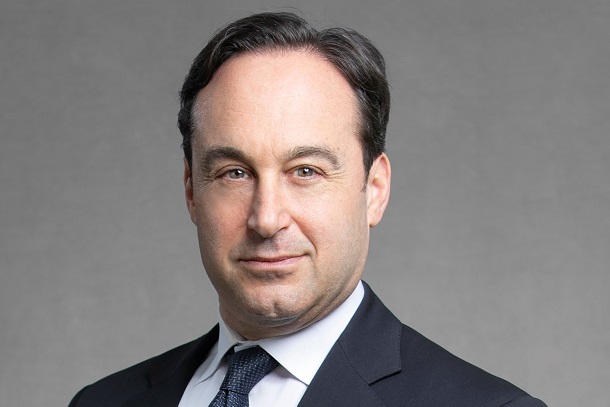NEW YORK CITY—Mark Fawer, an attorney with Greenspoon Marder's Real Estate practice group, sees one major indicator that should mean good things for the commercial real estate sector in 2020.
"Generally speaking, we do well in a lower interest rate environment and you don't anticipate the Fed raising rates before a presidential election," he says. Despite low interest rates and unemployment numbers, Fawer doesn't think all markets will benefit equally in 2020. "As I look at the underlying fundamentals, I think it will be a tale of two markets," he says. "Some markets within the country will do much better than others and certain asset types will do much better than others."
Those benefiting in the year ahead will be those places with lower tax rates, such as Florida, Texas and Utah, according to Fawer. "In terms of the geographic markets, you're seeing demographic flows within the country from higher tax to lower tax states," he says. "You're also seeing the jurisdictions that have right to work [laws] and a more business friendly environment doing better than others."
Major cities in those business-friendly states are also drawing workers, which will help power their commercial real estate markets, according to Fawer.
"In the Southeastern United States, you are seeing a lot of opportunities and cities like Charlotte, Memphis and Nashville are gaining ground and attracting businesses and newly-minted college graduates at the expense of some other areas of the country," Fawer says.
Fawer sees an explosion in multifamily, hospitality and office in the Southeastern United States and in certain other markets, such as Nevada. "Nevada is drawing from California and you're seeing a lot of building there," he says.
On the other hand, Fawer says higher tax states, such as New York and New Jersey, will struggle, especially with new regulations. "The rent regulation laws will really traumatize housing in New York City," he says. "The impact of those will be profound for anybody that has bought within the last seven years and counted on a business model with major capital improvement programs where there would be a fairly good return on their investment."
Fawer also sees a tale of two markets among real estate sectors. Despite rent regulations, he thinks multifamily looks strong in the year ahead.
"Multifamily still is generally very strong nationwide and even stronger in the states that are experiencing very high population growth due to the migration," Fawer says. "California, despite its high tax and highly regulated nature, could also enjoy tremendous growth because it has strong technology sectors, both in Northern California and in the San Diego area. I see lots of activity there in 2020."
On the other side of the spectrum, Fawer, like a number of observers, sees continued issues in retail.
"Retail is lagging behind because of competition from internet sales, which is reducing demand for brick and mortar retail," Fawer says.
© Touchpoint Markets, All Rights Reserved. Request academic re-use from www.copyright.com. All other uses, submit a request to [email protected]. For more inforrmation visit Asset & Logo Licensing.







